Table Of Content
MLOps are the capabilities, culture, and practices (similar to DevOps) where Machine Learning systems development and operations teams work together across its lifecycle to handle unique complexities and continuously operate them in production. ML systems are similar to other software developments but with higher system-level complexities, such as ongoing maintenance costs and other system-level risk factors that often tend to accumulate as technical debt.
MLOps teams must focus clearly on the business goals, have careful ML system design considerations, and apply MLOps best practices, as they are critical for developing an ML solution for its intended behavior. Machine learning is a technology that triggers innovation. With expectations of ML peaking in about 5 to 10 years, there are currently many opportunities to innovate. Still, most organizations do not have experience deploying ML applications or have failed when launching pilot programs.
MLOps Best Practices
Developing and operationalizing ML systems have special requirements. However, agile teams adopting MLOps best practices can successfully develop and operate ML-based systems when understanding the technical capabilities and processes. Innovative organizations establish MLOps best practices to improve collaboration, systems reliability, scalability, and faster development cycles.
Some organizations operating in specific business contexts may lack the resources and time to build MLOps capabilities and may, therefore, opt for machine learning outsourcing. Deploying ML models in production has many challenges, including a lack of talent for scaling and automating, process management, poor integration with other systems and teams, and the lack of MLOps practices (engineering) and knowledge of specific characteristics of ML systems.
Other complexities that MLOps engineers encounter are changes in data, ML model, and the operating environment.
Introducing a framework to follow mature practices is advisable for MLOps teams.
Primary Benefits of MLOps Best Practices
- Increased team collaboration
- Increased team velocity and faster time to market
- Streamlined operational processes
- Development of highly reliable and well-performing ML applications
- Increased business value and investment returns
MLOps Processes Lifecycle
ML teams create and follow an MLOps process that starts manually and can later be automated and replicated to deploy many more applications and adapt easily to variables of the business context. MLOps teams are faced with complex and varied issues regarding the quality of data, the tracking of model performance, experimentation with new data, algorithms, retraining of models, data inconsistencies, and dependencies.
MLOps engineers building machine learning systems must manage data, application, and ML engineering tasks. Organizations planning ML projects must have a data engineering team with the skills to implement a data process to feed clean (curated) data required for building ML models. ML models integrate and support many enterprises’ systems and applications and require monitoring of their impact on business applications. This means that MLOps teams must integrate all the processes and work in iterations implementing the agile development process methodology.
The MLOps Lifecycle is about the process of performing ML core capabilities in stages. Then, MLOps engineers create a customized MLOps workflow of these processes and interactions according to their use case.
- Define ML use cases
- ML development—experimentation and prototyping
- Data processing
- Creation of code for the ML pipeline training (procedure)
- ML model training operationalization—automation process
- Continuous training of new data
- Model deployment
- Prediction (model) serving in production with new data after the model has been trained
- Continuous monitoring of the effectiveness of ML models in production
- Management of the ML model
- Model registry (repository) of trained and deployed models
Suppose the enterprise is experimenting with one or two ML systems depending on the business context. In that case, the lifecycle process may be simpler and may not require continuous training and monitoring. As mentioned earlier, the MLOps process requires an agile team with the skill set and knowledge of ML core capabilities, MLOps tools, frameworks, supported services, and infrastructure capabilities. Also, as with any other software development process, it is critical to have continuous integration/continuous delivery (CI/CD) capabilities for the model deployment process.
Other MLOps capabilities for successful teams include managing data assets (repositories of artifacts, metadata, datasets, and features) and integrating them with the data engineering pipeline. Each of these core capabilities is a specialized skill that generates tasks that relate to other processes. These are managed by MLOps engineers in specific ways that are out of the scope of this paper.
Ultimately, MLOps engineers build an integrated ML system that can adapt to the data changes of the business, streamlining the MLOps process and workflow.
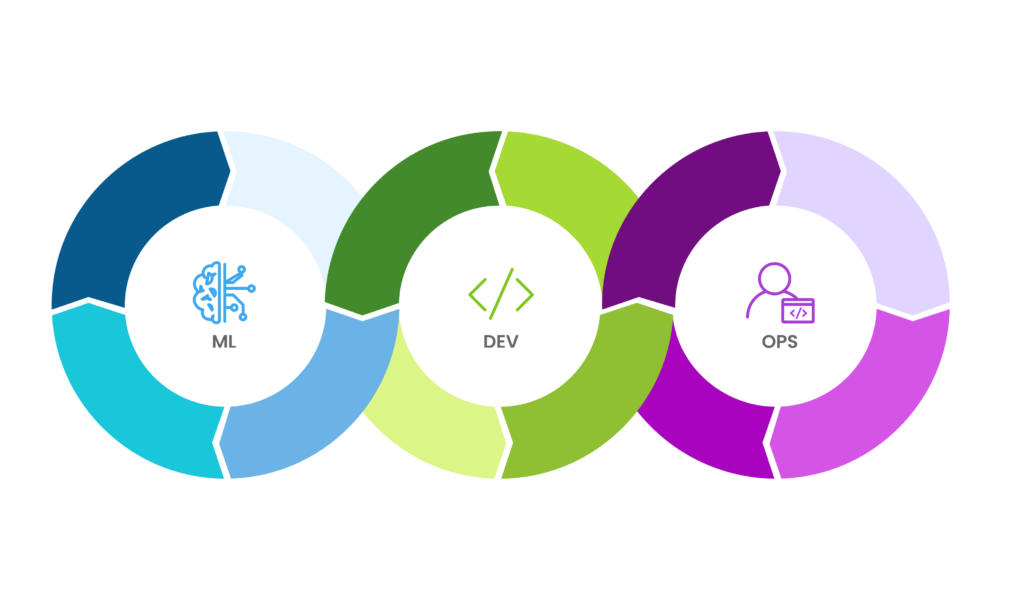





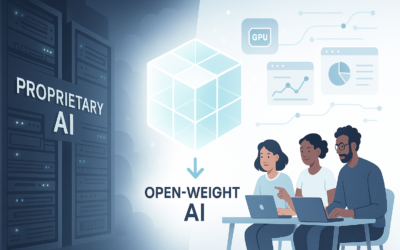
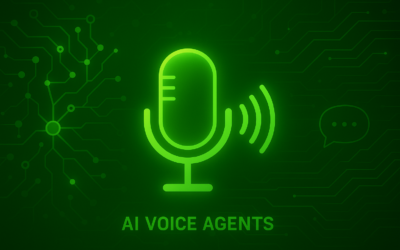
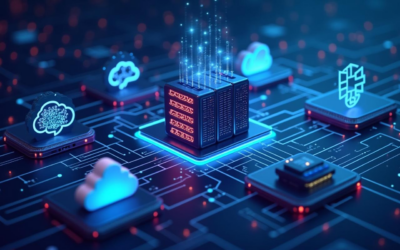

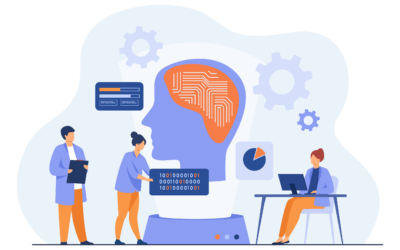
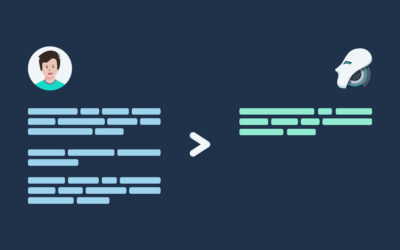
I gotta say, I’m impressed with this breakdown of MLOps! As a CS student who’s been around the block, I think you hit it spot on. Building an integrated ML system that can adapt to data changes is crucial for any business looking to stay ahead of the curve. In my experience, machine learning consulting has become increasingly important in making these systems scalable and efficient. Great read!